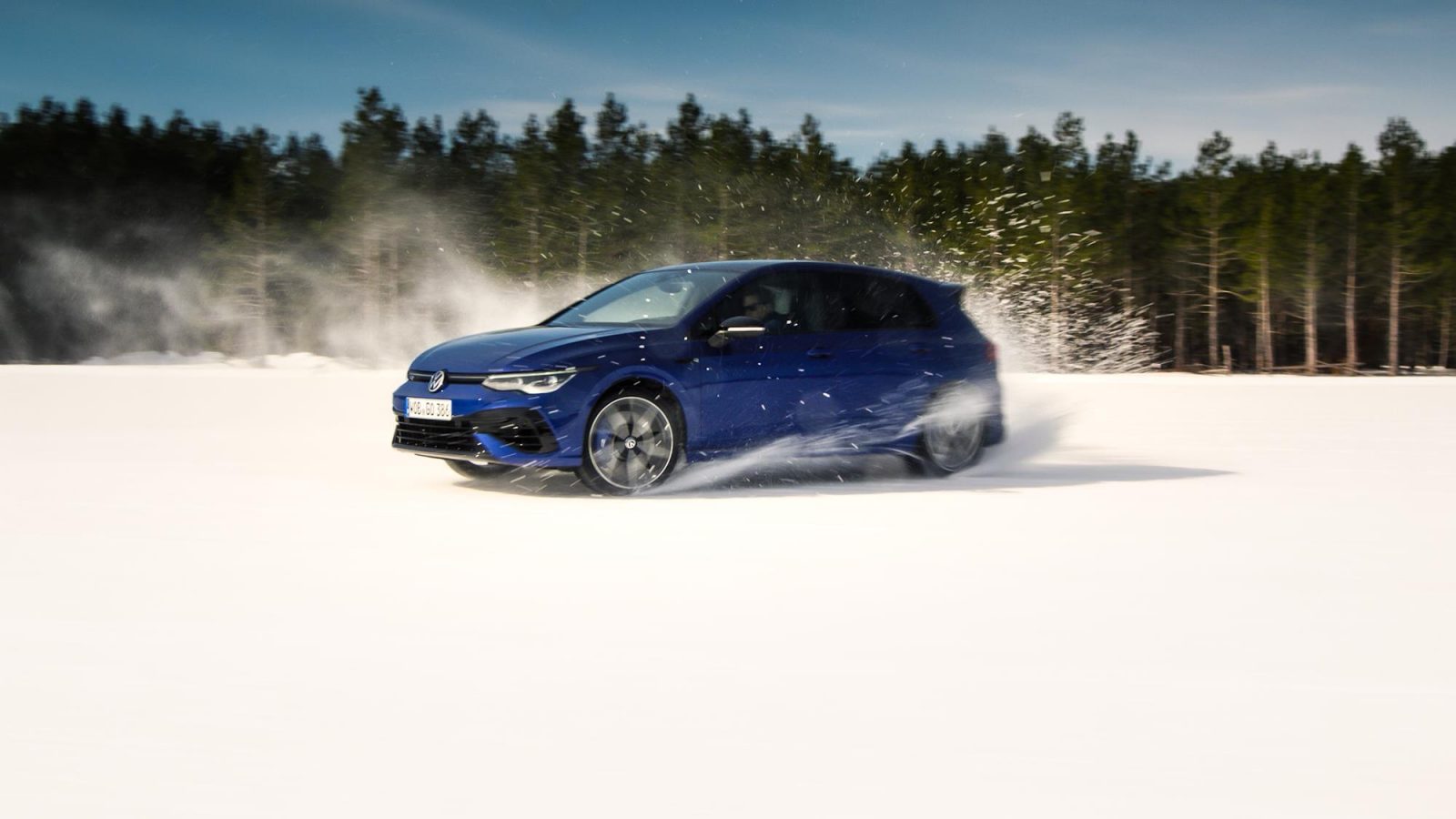The all-new 2022 Volkswagen Golf R is expected to arrive late this year will offer more power than any Golf R to date, with 315 horsepower and 310 pound-feet of torque. To ensure that power gets to the road properly, Volkswagen engineers have designed a new 4Motion® all-wheel-drive system with rear-axle torque vectoring. This serves as the foundation for the updated handling abilities of the Golf R, delivering a new level of performance for its category.
“This is one of the key technologies that makes this the best Golf R yet by far,” said Jan Schiedek-Jacht, Volkswagen’s head of technical development for the Golf R. “It transforms the vehicle, giving a dynamic, intuitive feeling to the driver. It delivers a planted experience on a winding road or track while minimizing over- and understeer.”
The standard 4Motion all-wheel-drive systems in the prior Golf R can send up to 50 percent of the engine’s total power to the rear axle. The differential from the 4Motion drive system normally transfers the power in a 50:50 ratio via a multi-plate clutch to the left and the right-hand rear wheels, even as the differential lets them rotate at different speeds when cornering.
The new torque vectoring system in the 2022 Golf R uses a rear differential with two multiplate clutches that can now distribute up to 100 percent of the rear torque to an individual rear wheel. This system is designed to decide how to apportion power between the wheels based on speed, power application, yaw and other factors. In a typical corner, the system can direct more power to the wheel on the outside of the curve in a matter of milliseconds, reducing the cornering radius.
For the first time, the 4Motion system has been connected to the Vehicle Dynamics Manager, an intelligent system that in the Golf R integrates the torque vectoring axle, the electronic differential locks (XDS®) and cornering performance of the DCC® adaptive damping system. The Vehicle Dynamics Manager monitors the vehicle handling on every corner, adapting individual wheel damping up to 200 times a second, and can use a combination of selected single-wheel braking or the torque vectoring clutches to correct moments of oversteer or understeer.
The torque vectoring technology was the key enabler of the new track-only “Drift” mode in the updated Driving Mode Selection. In that mode, the Golf R changes its stability control parameters (to ESC Sport), and the torque vectoring system kicks off the drift by sending all available rear torque to the outside wheel. To help ensure that the profile is only selected on private roads, the infotainment system always displays a confirmation prompt before it is activated. The Golf R also has a new “Special” setting configured for highest performance around Germany’s famed Nürburgring Nordschleife race track. With torque vectoring optimized for the track’s cornering profile, along with softer suspension damping settings.












































